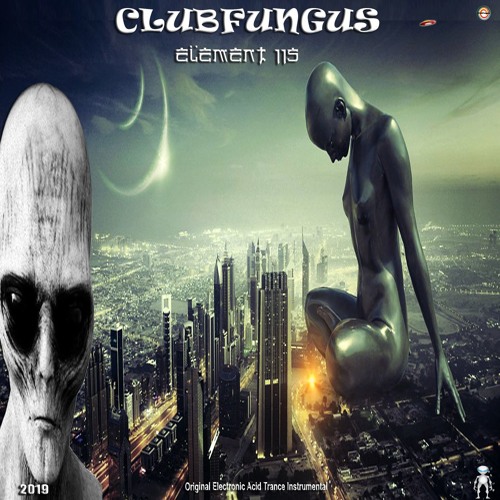

As they decay, each element gives off X-rays with a characteristic energy, depending on the kind of attraction between the atom’s electrons and its nucleus. X-ray fingerprintĪs well as examining decay products, Rudolph and his colleagues also observed X-ray and gamma-ray emissions from the unstable atoms. “Now with multiple detections you gain a lot of confidence because you see the same numbers over and over again,” says Paul Karol, chairman of the IUPAC committee responsible for confirming elements with atomic numbers greater than 113. Rudolph’s group also fired calcium at americium, but they claim to have created a record 30 atoms of element 115. Element 115 can decay via multiple pathways, some of which are tough to trace, and the team only recorded a handful of definitive sightings. By examining these chains of decays, the team was able to infer that element 115 had been present.īut the arbiter of new elements, the International Union of Pure and Applied Chemistry (IUPAC), ruled the Russian team’s results inconclusive. That team fired atoms of calcium (atomic number 20) at a sheet of americium (atomic number 95) to create element 115, which decayed almost immediately to element 113, which itself decayed into still lighter elements. The superheavy element was featured as spaceship fuel in the X-COM video game series, and a meteorite containing element 115 was one of the main artefacts sought by Lara Croft in the game Tomb Raider III.īut when Yuri Oganessian of the Joint Institute for Nuclear Research in Dubna, Russia, and colleagues first created a single atom of element 115 in 2003, it turned out to be highly unstable. Researchers can then sift through the decay products to tell if the collision briefly forged the desired heavyweight.Įlement 115 was originally theorised to be inside the island of stability, which made it a popular candidate as an alien power source among UFO enthusiasts and science fiction writers. These elements must be synthesised in the laboratory by smashing atoms together to create larger nuclei. Most elements heavier than uranium (atomic number 92) are highly unstable and decay within seconds, making it hard to track them down in nature. Off the islandĮach element on the periodic table has an atomic number, which corresponds to the number of protons in its nucleus. If confirmed, the recent sighting would include the first observations of X-ray and gamma ray emissions from the decay of element 115, which could illuminate theories about the structure of superheavy nuclei in general. Seeking them allows us to probe the boundaries of matter and possibly find the “ island of stability“, a group of heavy elements that scientists predict will be stable for decades – if they could only be produced.


Superheavy elements are more than scientific curiosities. Their sightings back up previous reports from a group in Russia, although the results must be reviewed by an international chemistry committee before they are deemed official. Now we may have evidence that it actually exists.Ī group led by Dirk Rudolph of Lund University in Sweden reports the creation of 30 atoms of element 115, informally called ununpentium. Lurking at the fringes of the periodic table, superheavy element 115 has been a favoured material in UFO conspiracy theories and video games.


 0 kommentar(er)
0 kommentar(er)
